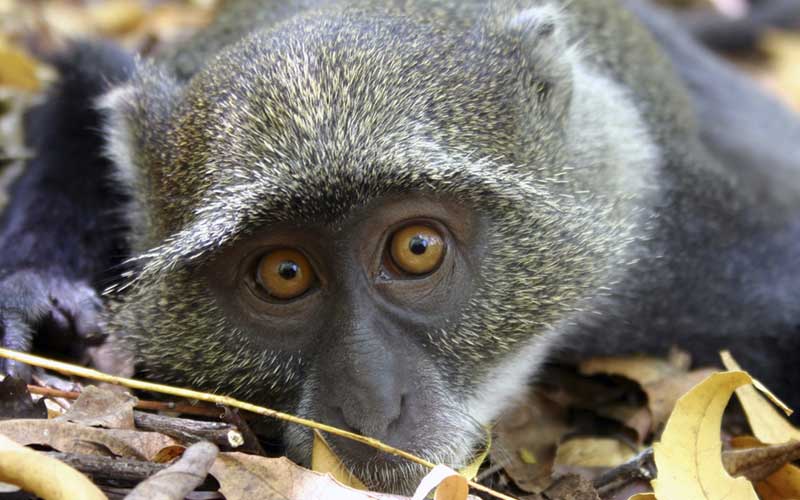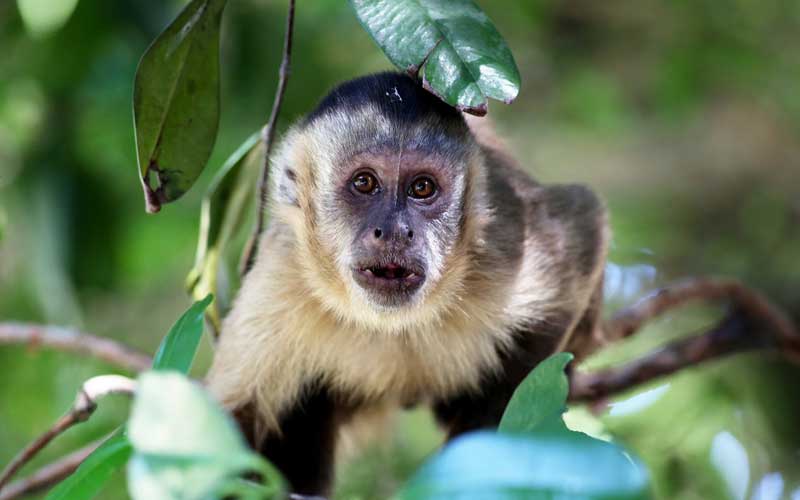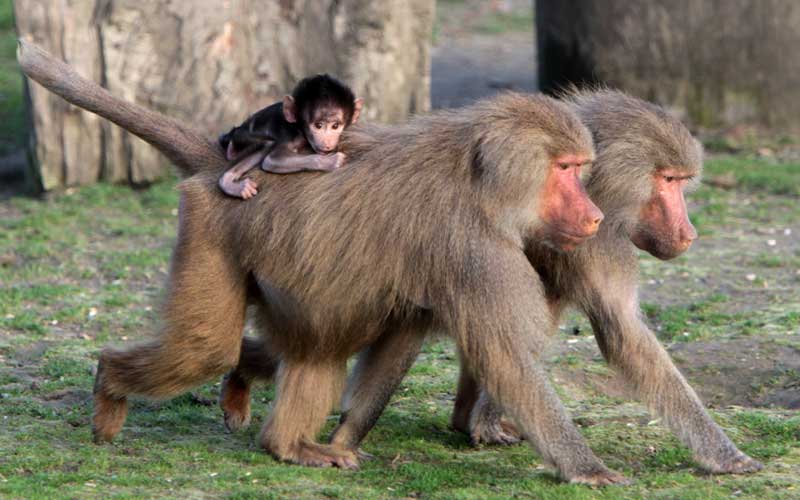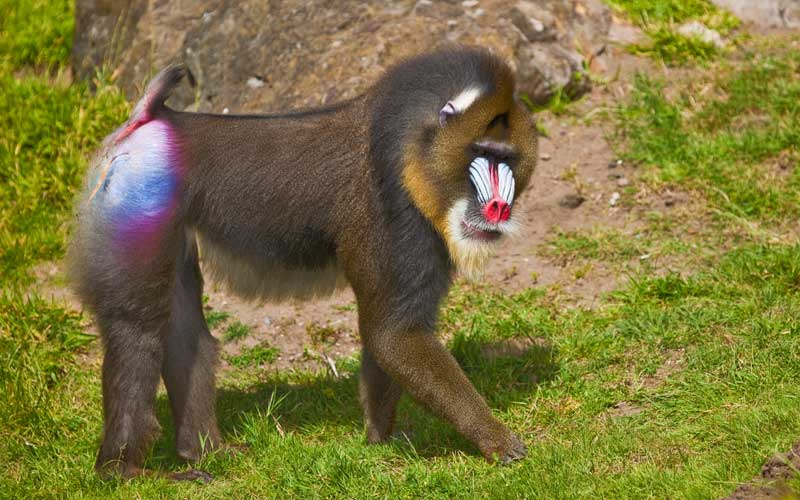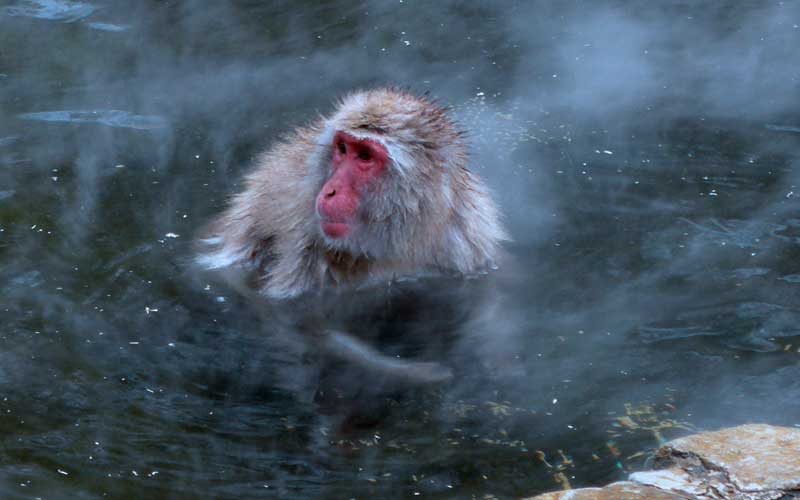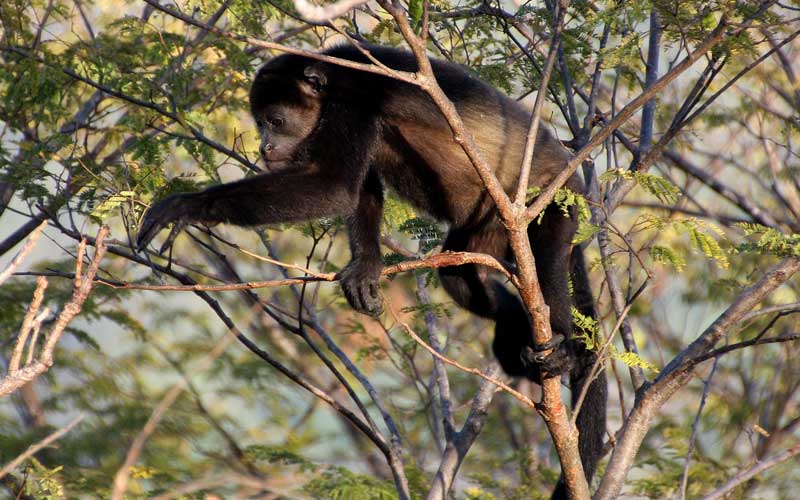Golden Lion Tamarin – Leontopithecus rosalia
Introduction
The Golden Lion Tamarin is a very appealing small Monkey that fits into the New World. They have long been part of legends and stories due to they golden color that shines in the sunlight.
Description
As the name suggests, the Golden Lion Tamarin looks very much like a lion but a mini version. There is a golden red coloring for this Monkey. They have long tails that are very thin. The body may only be up to 14 inches but the tail adds another 16 inches to their overall body size. They also have a golden mane that surrounds the face. Both males and females weigh less than one pound.
Distribution
The forests of Brazil are home to the Golden Lion Tamarin. They were once very spread out but they only have about 2% of what they once did. They have very isolated areas now for living due to logging and other types of activities by humans. They live in areas that have a high canopy so that they can move around with ease.
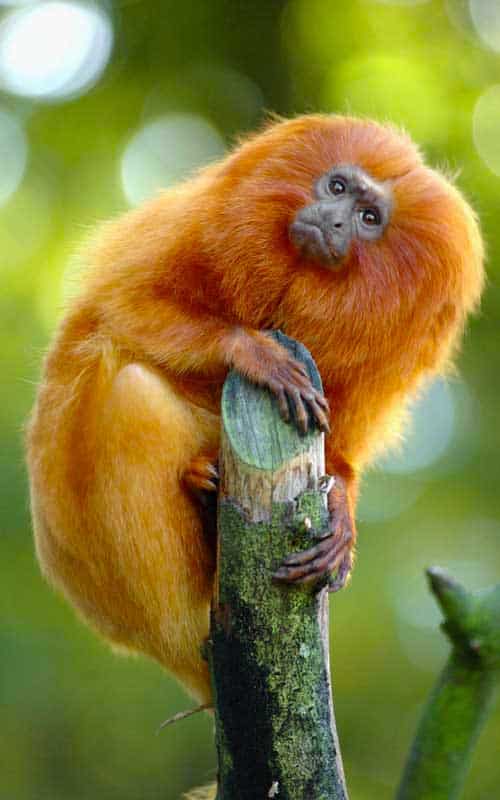
Behavior
The Golden Lion Tamarin only live in the trees. If you find them on the ground then humans put them there or they fell from the trees. They are very social animals that make nests in trees to sleep in for the night. They often move their nesting areas so that they don’t give off too much of a scent.
Diet /Feeding
Bark from trees is a very common part of the diet for the Golden Lion Tamarin. They also consume a variety of types of fruits that grow seasonally. They don’t need much food at all to survive on. However, it can take them several hours per day to find enough food due to the reduction of their habitat and the defragmentation in many regions of what remains.
Reproduction
The breeding for the Golden Lion Tamarin occurs between September and March. It takes about 90 days for the young to be born. Twins are very common but as many as four of them can be born at once.
The males take care of many of the duties of raising the young. The entire group pitches in though to help care for them. In spite of such efforts though only about ¼ of them will be able to grow to maturity. This will occur when they are about 3 months old. Another common problem is that the low numbers has resulted in inbreeding and a low quality of genetics.
They have an average lifespan of 8 years in the wild. However, they can live up to 3 times that long in captivity. The oldest one on recorded lived to be 31.
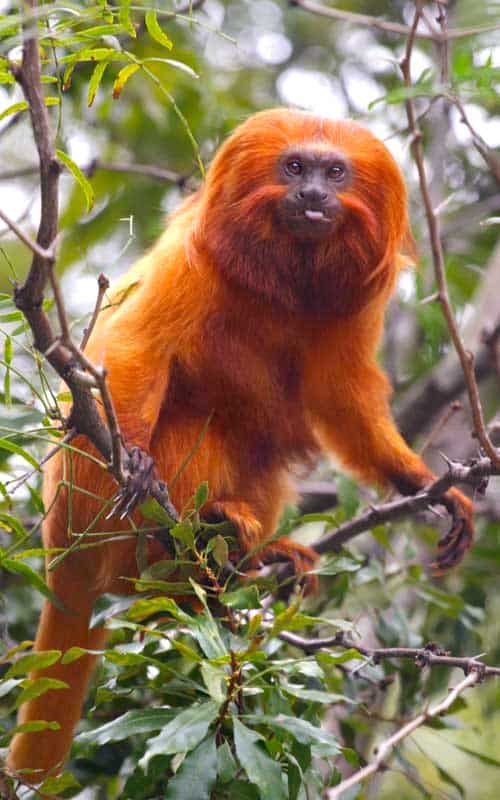
Conservation
At this point in time there are aggressive efforts in place to conserve the Golden Lion Tamarin. There are only about 1,000 left in the wild. Approximately 500 are in captivity. Those in captivity mainly are found at the Poco Das Antas Biological Reserve. This is a swampy forest region in Rio de Janeiro.
To help reduce the genetic weakness at this point in time there are breeding programs in place. They profile the young Monkeys to find out what their genetic components are. They also look for various types of genetic problems that could result in unhealthy offspring.
Part of the conservation efforts also include protecting the young. Since only a very small percentage of them survive in the wild the goal is to help more of them be able to reach the age of maturity in captivity. Yet such programs can be time consuming and extremely expensive to get into motion.


